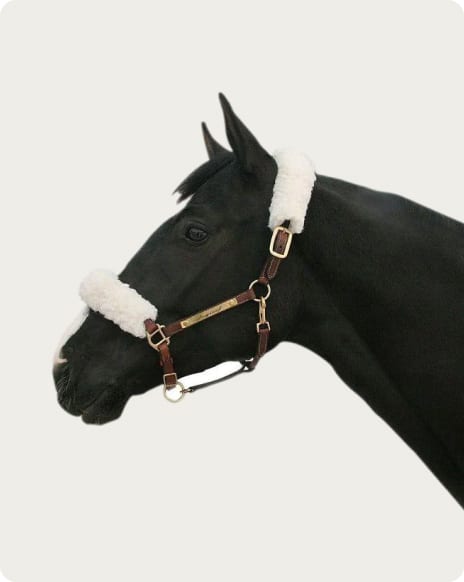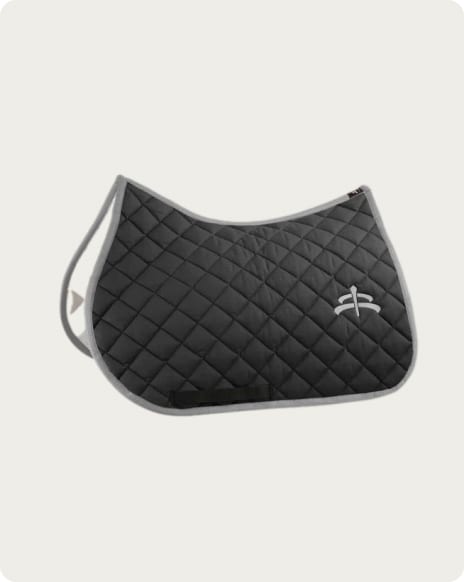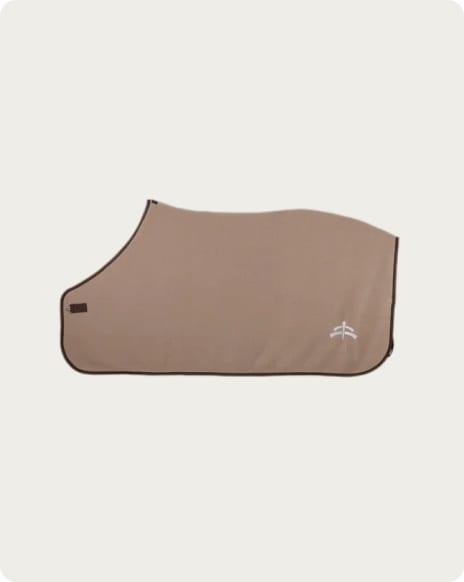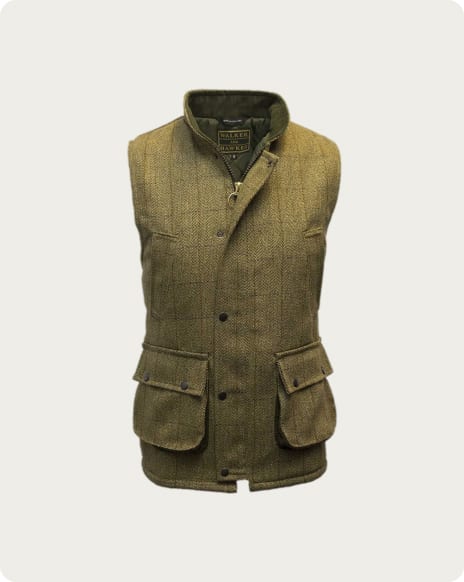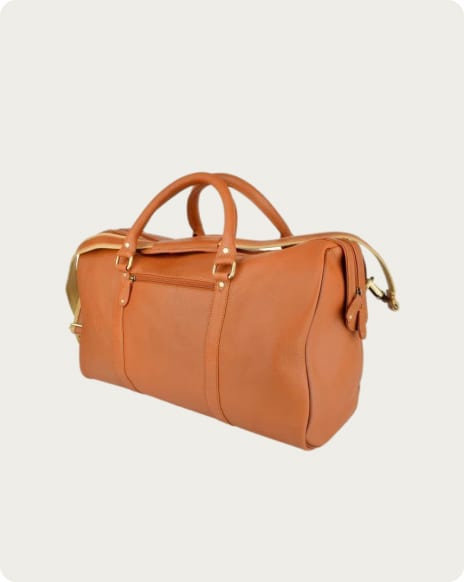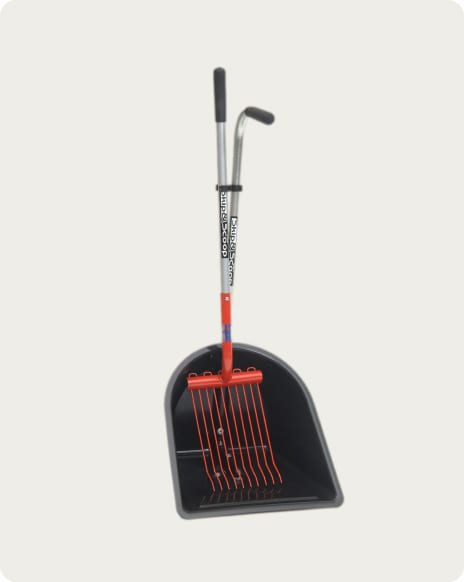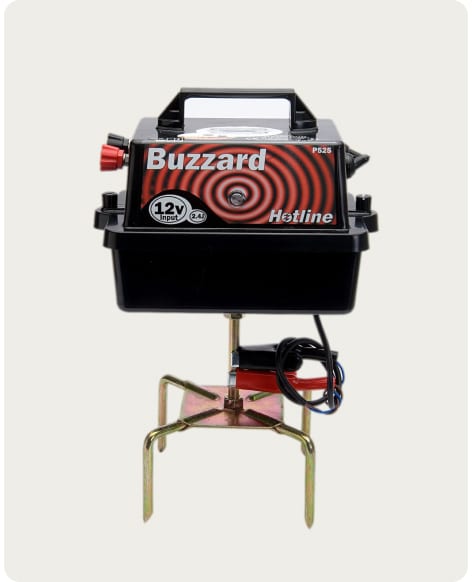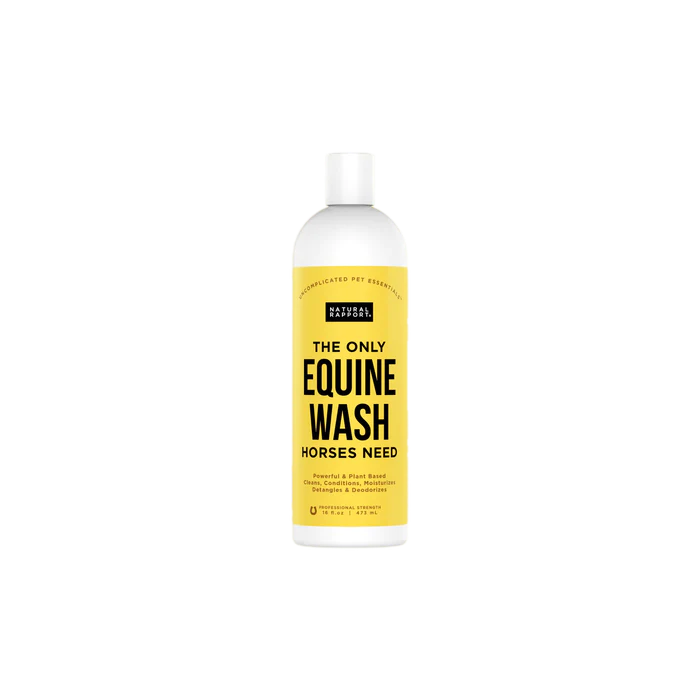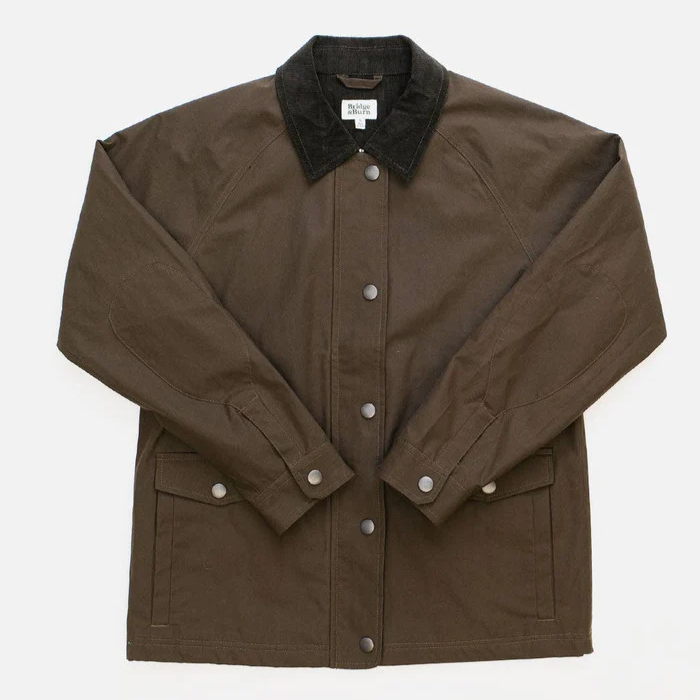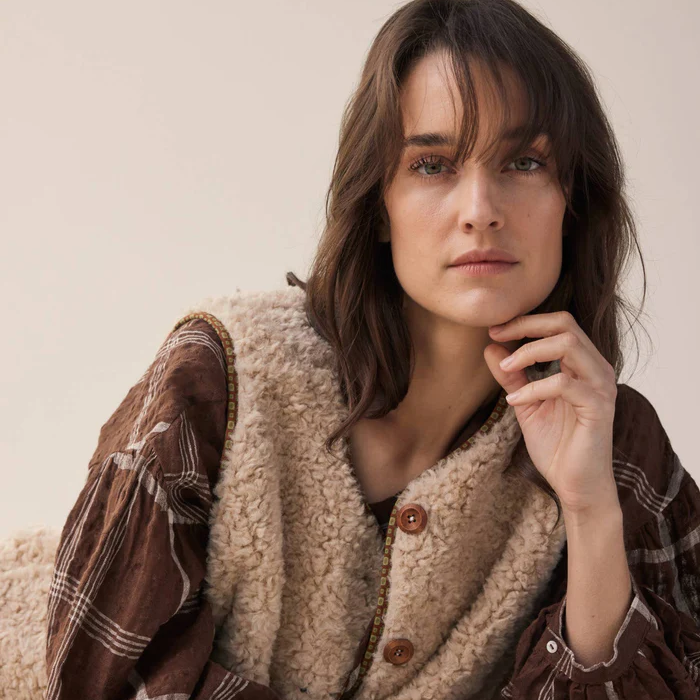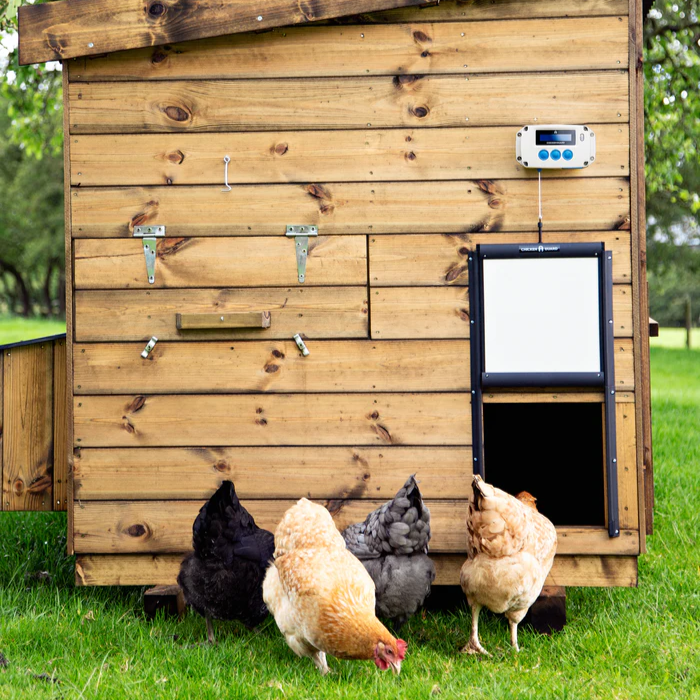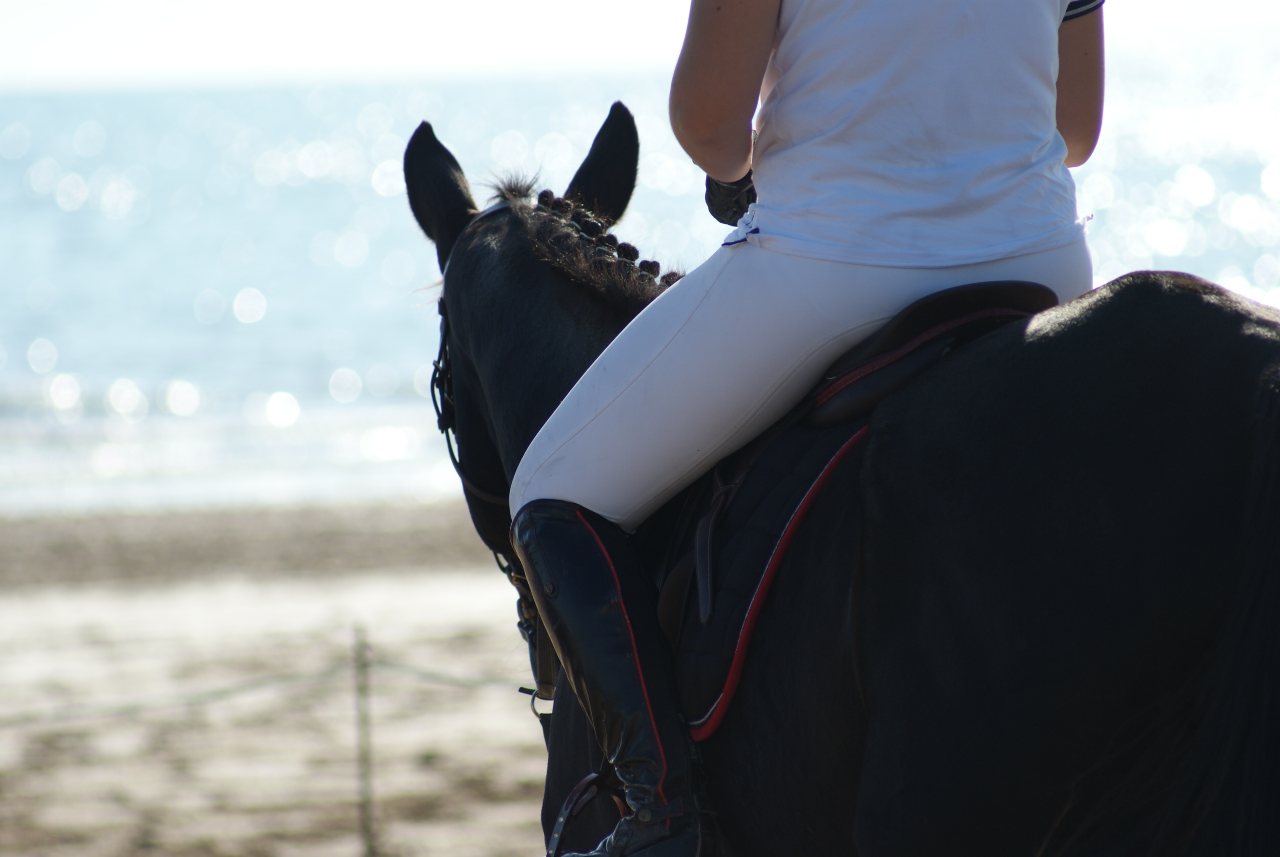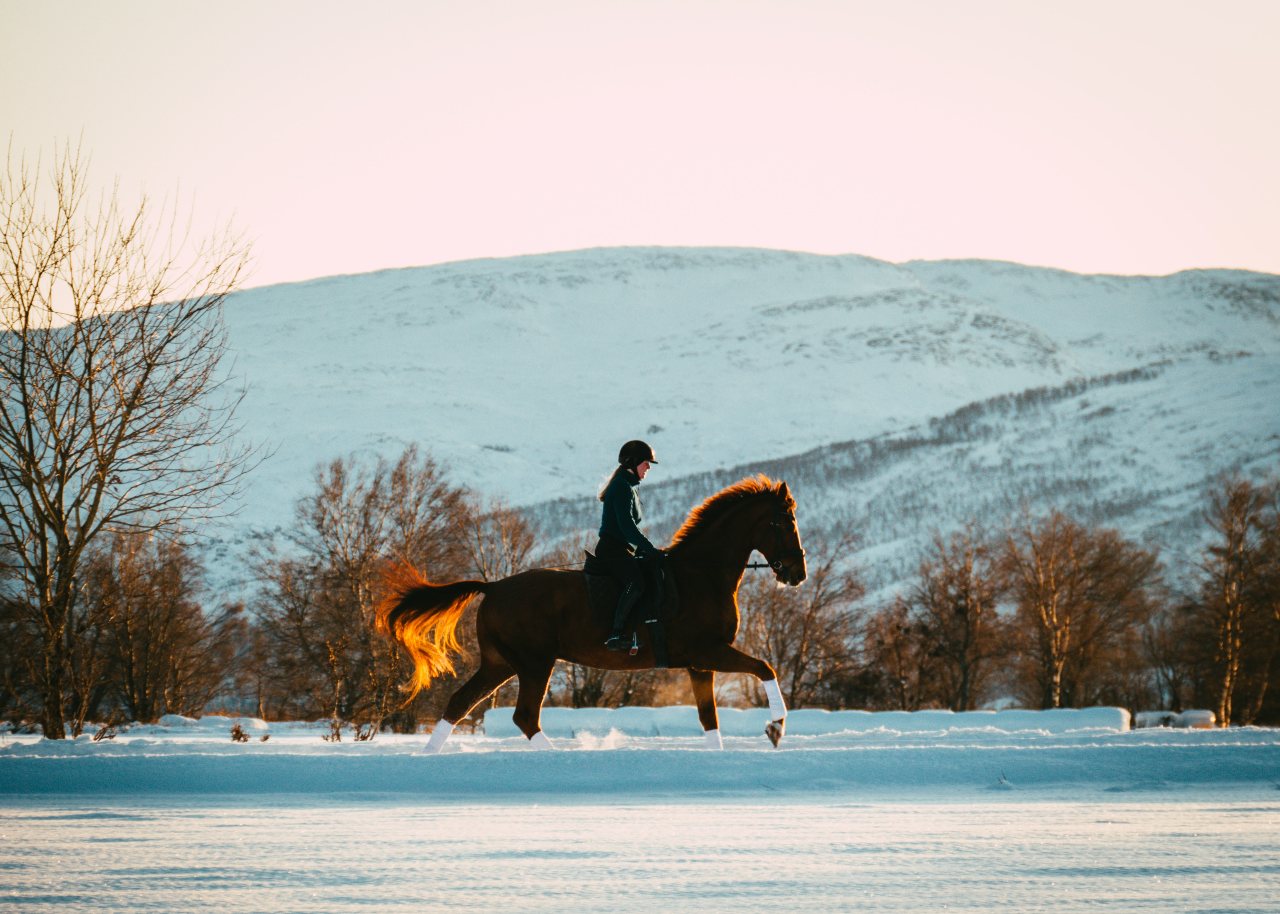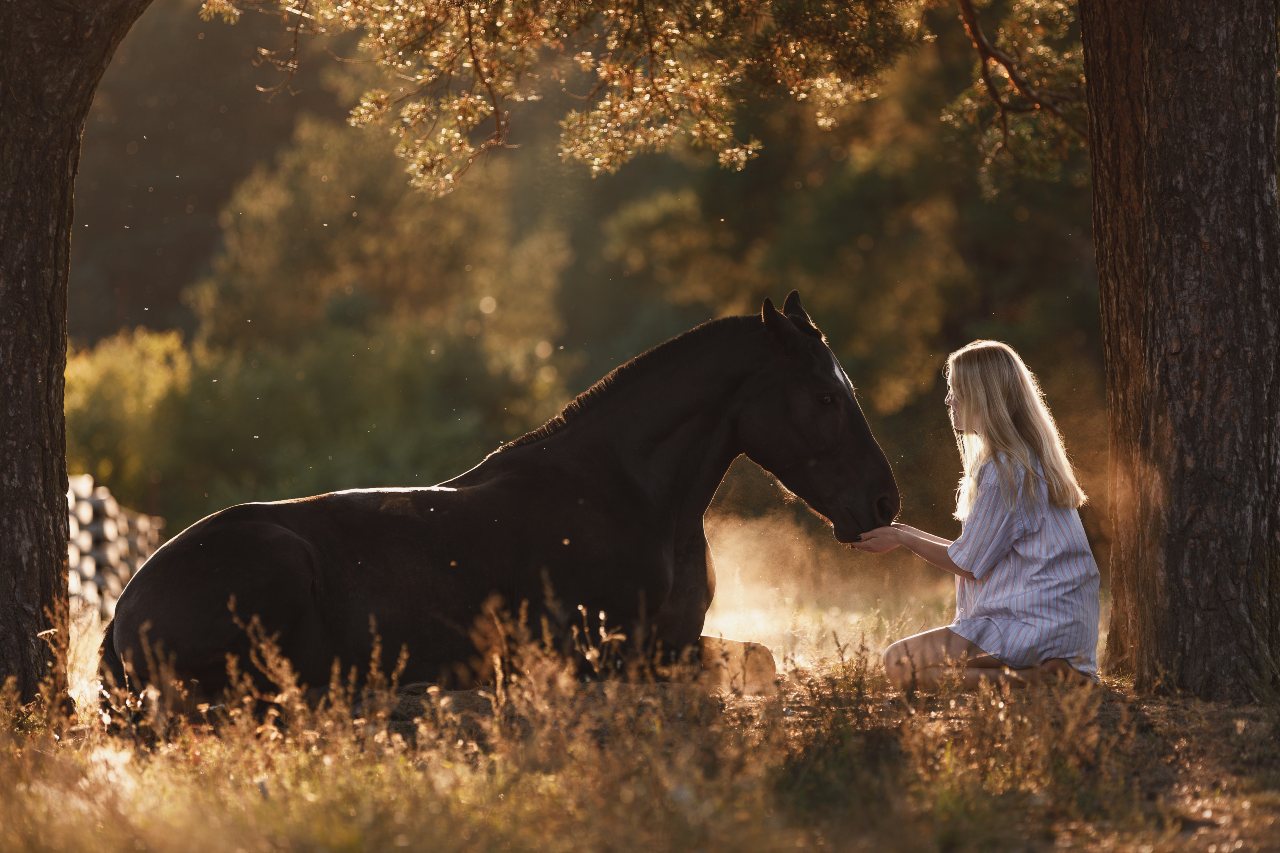If ever there were a gear sport, horseback riding is it. Not only do you have a vast range of stylish clothing and equipment to choose from, but there’s no end to equipment and adornments for horses too.
As with any sport, there are certain items of clothing that will make your riding experience more comfortable, safer, and improve your connection with your horse. It's a good idea to have a few riding lessons before you invest in riding gear to be sure what style of riding you’ll be doing.
Learn the basics of what to wear horseback riding for both English and Western disciplines so that you’re set up for success from the outset.
Riding Pants: Jeans, Riding Leggings, Breeches, and Jodhpurs
When deciding what to wear horseback riding in terms of pants, you have four main options: breeches, jodhpurs, leggings, or jeans. Any of these will work, but subtle differences make one or the other more comfortable depending on the type of riding you’re doing and, of course, the weather.
You want your hips to move freely with the rhythm of the horse's gait when sitting in the saddle. A non-slip fabric will stop you from sliding around in the saddle and give you a better connection with your horse.
Shorts won’t work because you'll soon feel painful chafing as your skin rubs against the tack. Long pants only–you can thank us later.
Jeans
Breeches, jodhpurs, and riding leggings or riding tights are best, particularly if you’re an English-style rider. On the other hand (or leg, as it were), Western riders tend to prefer a pair of jeans because of their durability and convenience. It's easy to hop off your horse and move on with your day when wearing denim. Jeans are also good for trail rides because they protect your legs from sharp brush.
Riding Leggings
Aside from jeans, the main difference among different riding pants is fabric, closures, and leg length. Riding leggings generally pull on and are made of thinner, stretchy material. The thinner material means they might wear out quicker, but they feel cool in the summer.
Breeches and Jodhpurs
Breeches are more formal than leggings. They’re made of thicker material, have zips and closures, and are the preferred pant for events and shows.
Breeches and jodhpurs are made from materials that will stretch. Depending on the thickness, the material can keep you warm in winter (fleece-lined) or cool in the summer. These pants also have gripping from the knees up (full seat) or just from the knees to the thigh (half seat) so that the rider slips less in the saddle. You’ll also find suede knee patches and silicone patches. Suede is probably kinder to a leather saddle while breeches and jodhpurs have no in-seam so there’s less rubbing.
The difference between breeches and jodhpurs comes down to leg length. Breeches extend to the midcalf and often have elastic at the bottom to keep them from riding up. They’re designed to be comfortable when tucked into long boots. Jodhpurs extend to the ankle and are worn more with ankle paddock boots. Children tend to wear jodhpurs while breeches can be expensive depending on the brand and fabric quality.
Tops and Outerwear
It's less crucial that tops and outerwear be geared strictly for horseback riding. Athletic tops will do the trick as will jackets and protective rain gear designed for active lifestyles. Just be sure that your top is fitted so that it won’t get caught in tack and jackets don’t fall below the hips.
Shirts
The shirt you wear to ride should be comfortable and suitable for the weather. For instance, you may need to layer in cold weather. Cotton T-shirts tend not to wick, and they provide little protection from the sun or if you fall off.
Shirts made of lightweight, moisture-wicking fabric can keep you comfortable when you sweat, and ventilation allows air to reach your skin to whisk away dampness. A non-clingy, long-sleeved shirt will keep you cool, and general sportswear will work. It’s important that your shirt be close-fitting so that it doesn't get tangled in your tack.
For undergarments, a comfortable sports bra is advisable for those who need one, particularly if you’re still mastering the sitting trot and a smooth canter.
Outerwear
When it comes to outer riding attire, look for jackets and coats made of durable (and comfortable) materials. For example, waxed cotton jackets are great for wind and rain. Short jackets offer plenty of movement while long coats designed for winter riding have zips and openers that allow the coat to lie over the horse’s back.
Riding Boots

What to wear horseback riding when it comes to your feet is incredibly important. The main concern with boots is safety. The wrong boot can cause your foot to get caught in the stirrup, and you could be dragged if you fall off.
Sneakers aren’t a good idea because the laces can get caught, and the sole provides no grip in the stirrups. Hiking boots may not fit well in the stirrup, and the laces can get caught up, but they’re good for working around the yard. Obviously, flip-flops or any sandal are a bad idea. Shoes for riding should always have a closed toe and around a one-inch heel so your foot doesn’t slide through the stirrup.
Tall boots, paddock boots, and Western boots are designed for riding and are usually made from either rubber, leather, or synthetic leather. If you ride in hot weather, leather is best so that your feet can breathe. In colder climates, and if the weather is wet or snowy, you’ll also need a separate pair of rubber or sturdy mud boots for when you collect your horse from the field.
Western Boots
Western boots, or cowboy boots, are versatile and can be worn before and after riding. Since they’re sturdy and strong, a quality pair could last for life. However, sturdy boots take a long time to break in, so be prepared to put some miles on them before they become really comfortable.
Some boots can double as a boot for Western riding and a muck boot — a waterproof boot suitable for a muddy field. The other thing to consider with footwear is whether you’ll wear spurs while riding. Spurs are metal tools that fit around the ankle. They’re used by experienced riders to supplement the riding aids — seat, hands, leg, and voice.
Tall Boots
Tall boots, sometimes called field boots, are a staple for English riders and are considered “dress boots” for events and competitions. They vary in price, and the top brands can cost thousands of dollars. Still, there are styles to be had in the low hundreds. Tall boots can improve your connection with your horse because they allow your leg to wrap around the horse's barrel without slipping or getting your leg caught in the stirrup leathers.
Keep in mind that tall boots fit best with jodhpurs or breeches, as opposed to jeans, and you’ll want to get the right fit. If they’re too tall or too short or do not fit well around the calf, they can be uncomfortable. These boots are usually made of leather and can take a long time to break in and soften. Tall boots require frequent cleaning and care to ensure a long life.
Paddock Boots
Paddock boots are an alternative to tall boots. These short boots are often worn with half chaps and jodhpurs. They also tend to be less expensive than tall boots and easier to wear for other jobs and activities. Like Western boots, paddock boots have a distinct heel for safety in the stirrup.
Half Chaps
English riders wear half chaps with paddock boots. Half chaps fit over the boot and have a strap that runs under the arch. They stop the stirrup leathers from getting caught in clothing and allow the rider to hug the horse with their legs for a better feel and connection.
Leather chaps may be more expensive than synthetic leather, but real leather allows the leg to breathe better. Buying half chaps and paddock boots can be a cheaper way to go than buying tall boots.
Helmets

What to wear horseback riding? Sure, a cowboy hat is stylish, if not iconic. But helmets are a better choice for safety.
Different helmets are designed for different disciplines depending on how risky they are. For example, racing jockeys and cross-country riders are more at risk for head injuries than a show jumper or dressage rider. Some disciplines have rules for safety standards, style, and even color.
There are three main international equestrian safety standards to look for:
- Kitemark PAS015:2011
- Kitemark VG1 01.040 2014-12
- SEI ASTM F1163:2015
Different levels of safety standards test for different types of accidents. For example, a helmet only certified to ASTM has not been tested for a horse’s hoof hitting your head.
Helmets should be worn when you’re around horses, not just riding, and they should fit snugly. Replace your helmet after five years or after any impact.
Note: Second-hand, cycling, and motorcycling helmets are not safe for horseback riding.
Here’s a quick rundown of helmet types along with which type of riding they’re used for:
Premium Helmet
Premium helmets are used for all types of English riding and Western riding, including show jumping, dressage, schooling, and hacking. These helmets have a fixed peak and are not recommended for racing or cross-country eventing.
Jockey Skulls
These are used for racing, eventing, hunting, schooling, and hacking. Jockey skulls cover more of the head, don’t have a fixed peak, and meet the highest safety standards (e.g., four-star helmets meet four standards). Jockeys put colorful jockey silks with a soft fabric peak over the helmet.
Velvet Riding Hats
These are traditional elegant helmets used for horse shows, hunting, schooling, and hacking. They meet various safety standards.
Polo Helmets
Polo helmets meet high safety standards and have wide brims so that players’ vision is not obstructed.
Riding Accessories
There are a few riding accessories that can make your experience a bit more comfortable. Riding gloves keep your hands warm and stop the reins slipping through your fingers. This gives you a better feel of the horse's mouth, which is a crucial point of contact. There are many styles — some leather, some synthetic, and some suitable for competitions and events.
A phone holder is useful for riding, particularly if you’re heading out on a trail and might run into trouble. Some holders attach to the pommel of a Western saddle but if you come off your horse and it runs off without you, you won’t have a ride home — or a phone.
Instead, you might want to opt for a horse holster that attaches the phone to your leg. You could also use an armband holder or phone holder that attaches to your belt (if you’re wearing one).
What to Wear Horseback Riding
With so many options, it can seem difficult to know what you really need when riding. While this guide should help, talk to your riding instructor as they can provide the best advice depending on what type of riding you’re doing, how much riding you’re doing, and the climate.
The bottom line is that what you wear horseback riding is what works for you and, ideally, gives you a feeling of oneness and connection with your horse. You don’t need to spend a fortune on riding gear. However, if you plan to ride often, or take longer rides, it’s worth investing in some well-made breeches, boots, and a riding helmet. After all, quality gear for human and horse will be more comfortable and certainly last longer.



